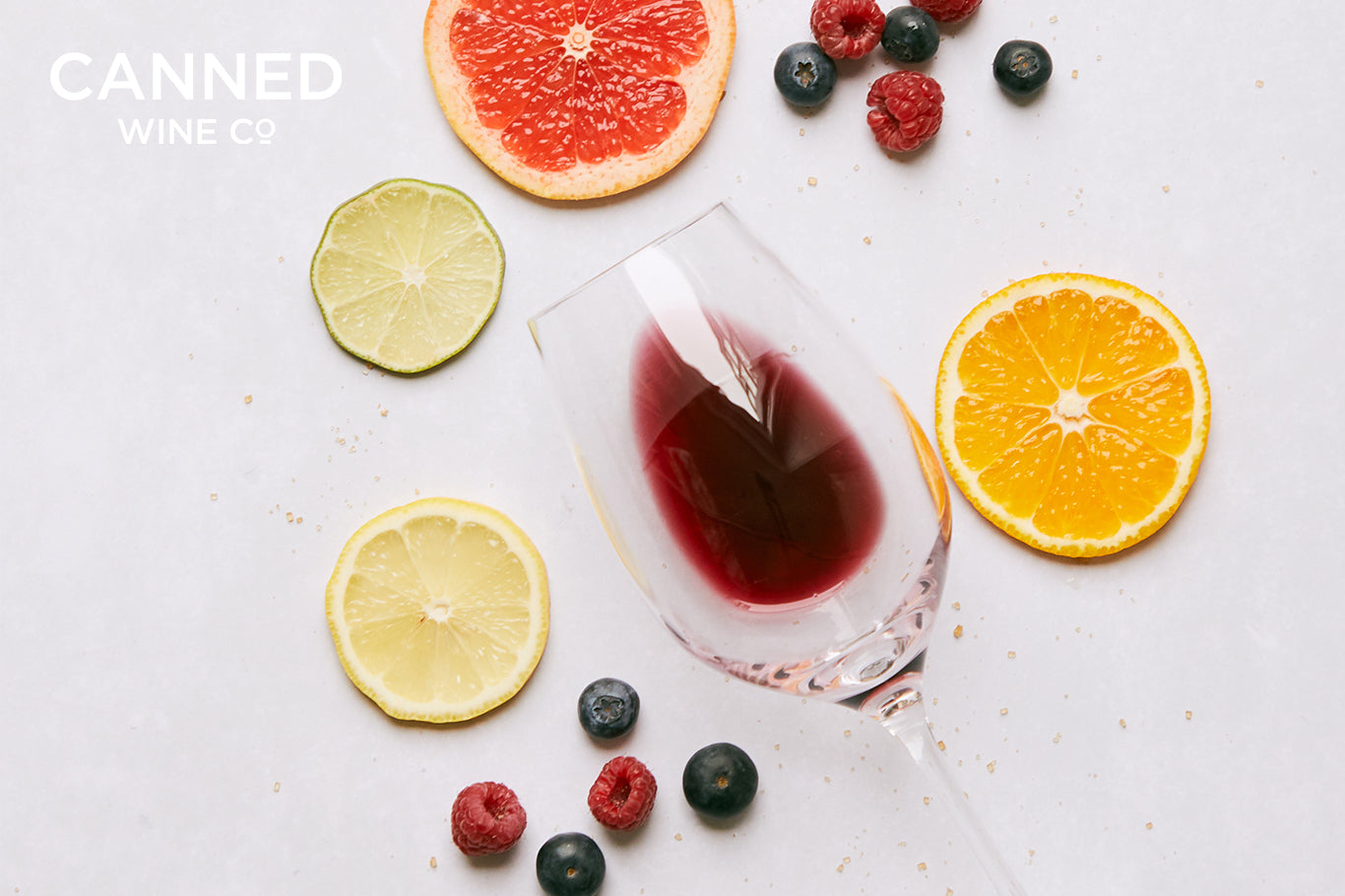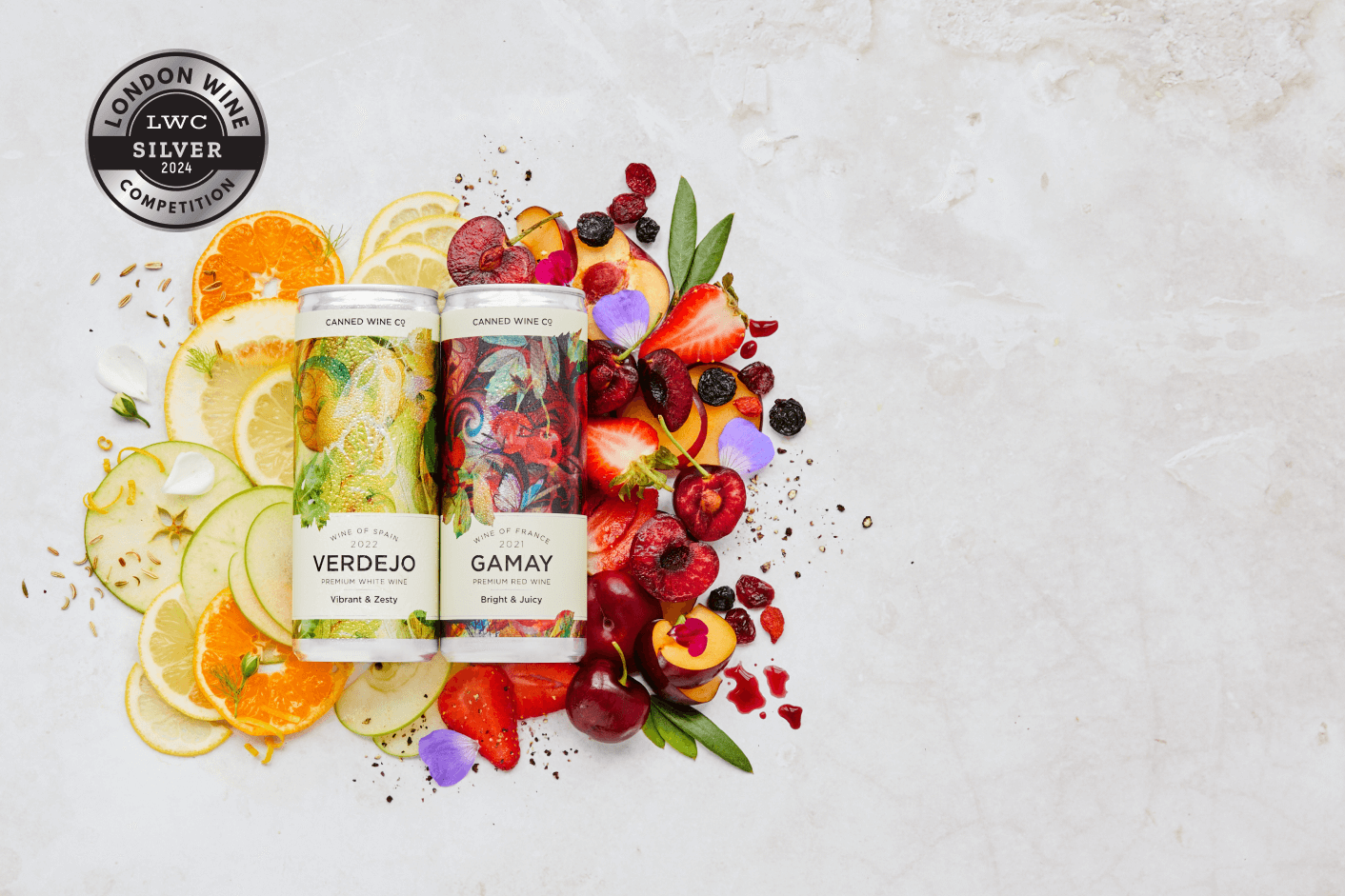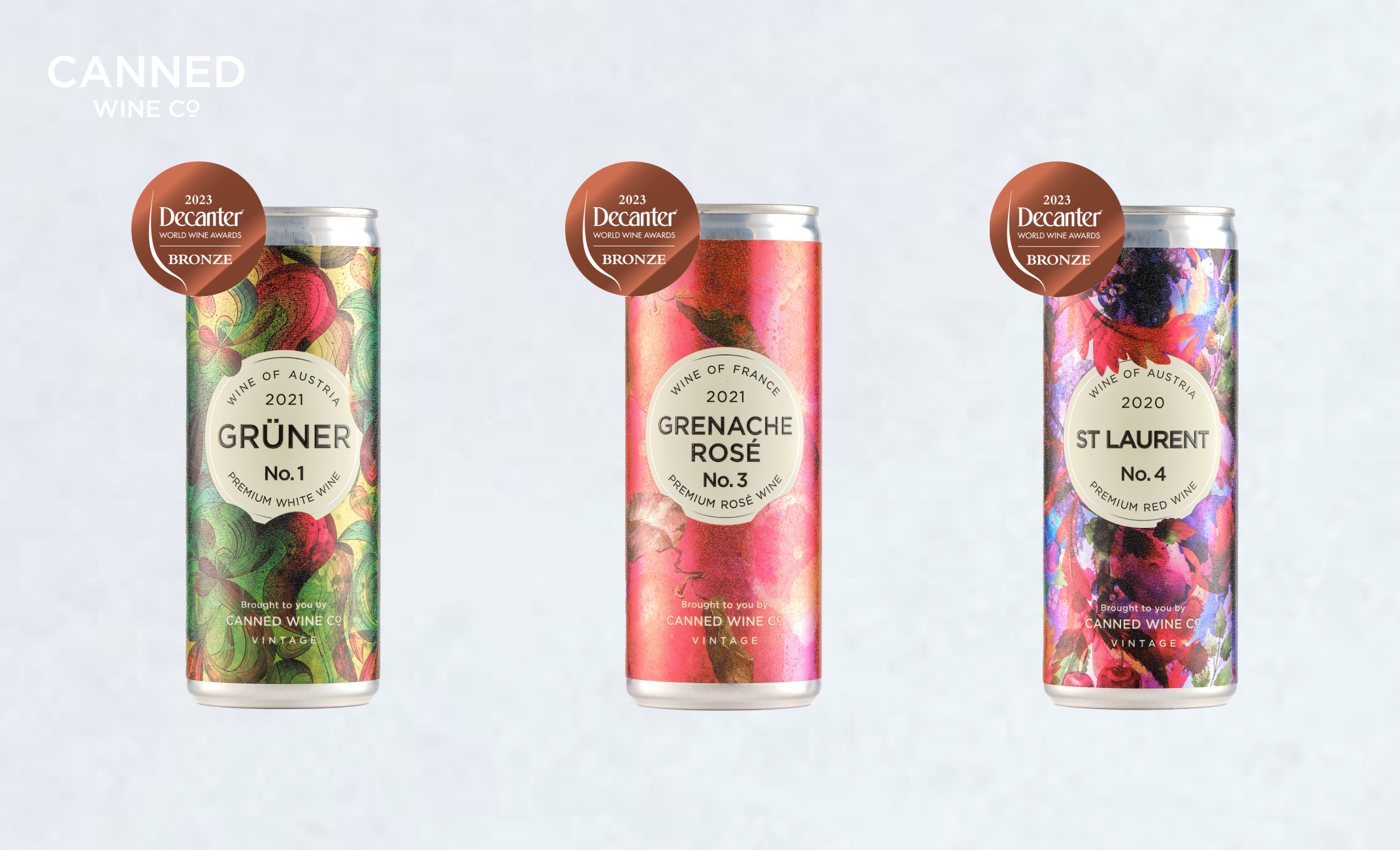Sweetness and acidity are both part of the fundamentals of wine, which also include tannins and alcohol. Sweetness and acidity should be balanced so that neither characteristic overpowers the wine.
Sweetness
The sweetness of a wine derives from residual sugar. This is the leftover sweetness that arises when not all of the grape’s sugar is fermented into alcohol in the winemaking process. There are two scenarios in which the sugar content is intentionally higher. Firstly, the winemaker can decide to stop fermentation early to ensure there is residual sugar. This often happens when making port. Another scenario is starting with a grape that is so sweet, the yeast struggles to convert all the sugar, for example for late harvests or ice wine.
The way sweetness is described in wine tastings is on the scale of dry to sweet and measured in grams of sugar per litre of wine. Dry wines mean there is no detectable sugar, with 1-10g of sugar per litre, such as a Grüner Veltliner. Off-dry means sweetness is present, but barely noticeable with about 17-35 g/l. Medium dry/sweet wines have distinctive sugar but it is not a major feature of the wine. Finally, sweet wines have around 80-90g/l.
When drinking wine, sweetness is felt at the tip of the tongue. Sweeter wines have an enriched viscosity, which you can also see as legs on the side of the glass. This can lead to an oily feeling on your tongue. However, sweetness is not always from sugar. For example, all our wines have very low residual sugar. Still, the Grenache Rosé, which has no residual sugar at all, has sweetness from fruit ripeness that balances very well with the grapefruit acidity.
Acidity
Acidity is essential in wine, without acidity it would taste dull. The acidity of wine is between coffee and lemonade, with white wines being more acidic than reds. The acid comes from a variety of sources, mainly tartaric acid, malic acid and citric acid.
Acidity can be linked to climate and grape variety. Grapes grown in cooler climates with cooler night times and shorter growing seasons are often more acidic. Additionally, some grape varieties are naturally more acidic, such as Cabernet Sauvignon, Riesling and Sauvignon Blanc. Meanwhile, Grenache, Viognier and Gewürztraminer are known for being less acidic grape varieties. Acidity can also be linked to decisions made by the winemaker: picking the grapes earlier means they are less ripe and therefore more acidic.
You can detect acidity from your mouth watering and tingling at the side of your tongue. High acidity boosts freshness and is often described as lively, fresh, crisp or zesty. The sensation of acidity is reduced by sweetness, so a balance between the two is very important.
Learn more about tasting wine with Canned Wine Co. - alcohol and body, tannins and how oak aging affects the flavour of wines.
Written by Marieke Hammes






